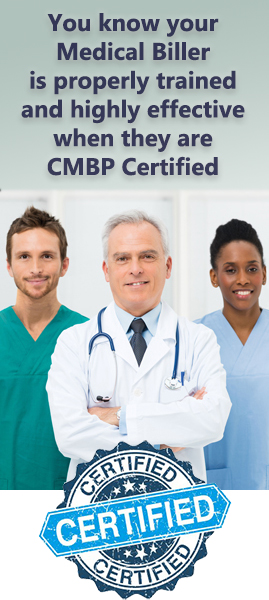The Difference Between Medical Billing & Medical Coding
- 03/14/2022
- Posted by: Medical Billing Course
- Category: Medical Billing

Medical coding and billing translate a patient’s encounter to healthcare organizations’ languages to submit claims and reimbursement. The processes, however, are separate but essential for healthcare providers to receive payment for services provided. Coding is the extraction of billable information from medical records and clinical documentation. On the other hand, medical bills use the medical codes extracted to create statements and insurance claims for patients—a healthcare revenue cycle forms by making claims by the intersection of billing and coding.
Medical billing involves submitting a patient’s health insurance claim to the different health insurance payers to acquire payment for medical services offered in a healthcare facility. A medical biller gathers a patient’s data and places it on the physician billing form, commonly known as the CMS-1500 form, and a hospital billing form also called the UB-04 Form. A patient’s data is at the top of the physician’s billing form and reflects a patient’s demographic information, including their name, address, date of birth, sex, and insurance details. The patient’s medical data is contained in the middle section of a physician billing form and includes the patient’s medical data, which has the date of visit or illness and a patients’ diagnosis as per the physician.
The lower section of the physician billing form contains details on the physician’s services and the costs, which correspond with the services provided and reports using the Current Procedural Coding Book. Apart from gathering this data and submitting an insurance claim, a medical biller ensures the information is accurate and the claim is also correctly adjudicated. The medical biller also has to post all payments from the patient and the insurance payer. All remaining insurance balances are pursued in collections, written off, or adjusted.
Medical coding begins when a patient interacts with a physician, and the coder details services offered in a patient’s medical record explaining services and procedures. Clinical documentation justifies the payer’s reimbursements when a claimed conflict arises. Incorrect or insufficient documentation can lead to the organization facing a claim denial, liability investigation, and healthcare fraud. As medical coders, they review and analyze clinical documentation connected with billing codes.
At medicalbillingcourse.com, we offer several billing courses that include online systems that enable you to practice in other areas. These include Certified Medical Billing Professional (CMBP) Certification and P2 Billing Certification and come with a certificate upon completion. The programs are self-paced, affordable, and numerous job opportunities in the market.

